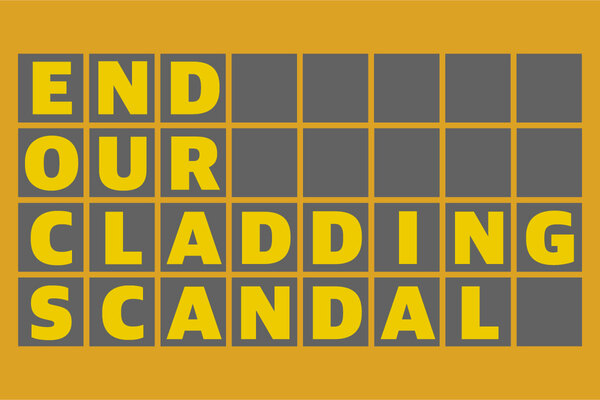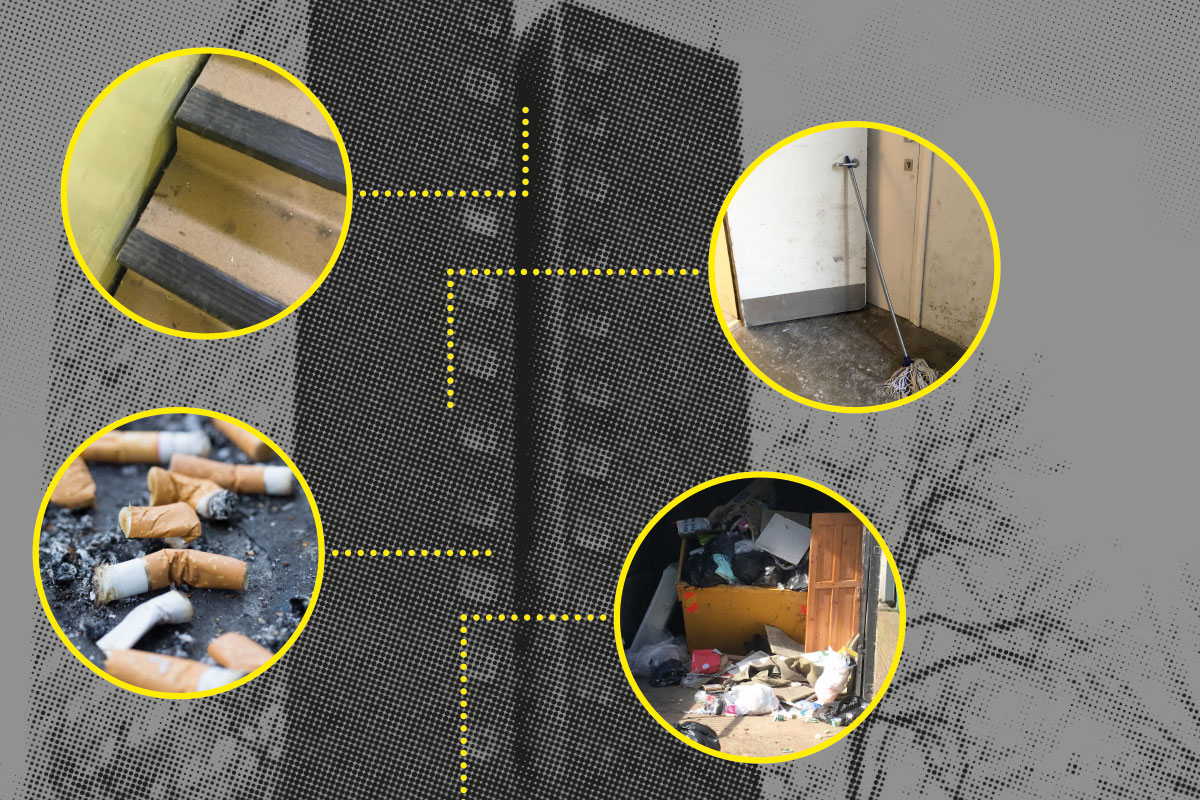You are viewing 1 of your 1 free articles
Hyde found fire safety problems with all 86 of its tower blocks
Housing association Hyde Group found fire safety problems with all 86 of its tower blocks when it inspected them after the Grenfell Tower fire, its chief executive has said.
Elaine Bailey, chief executive of 50,000-home Hyde, made the revelation while speaking at a Fire Protection Association seminar.
According to her, following the fire, which killed 72 people in June 2017, Hyde carried out ‘Type 4’ fire risk assessments on all 86 of its buildings over 18 metres in height, finding that “100% of buildings inspected [had] had their safety compromised in some way”.
Type 4 is the most intrusive kind of fire risk assessment, which involves going into flats in blocks and investigating the interiors of walls.
In response to a question from Inside Housing, Ms Bailey said: “Every single building that had a Type 4 on it had got issues coming out of it. It could range from a couple of fire exit signs missing, up to a £7m or £8m refurbishment and everything in between.”
According to Ms Bailey, problems included “serious and widespread compartmentation breaches”, “flammable and/or sub-standard cladding installations” and “missing or poorly installed fire stopping and fire breaks”.
At the moment, she added, Hyde is carrying out “significant remediation” on 10 of its tall buildings, as well as “thousands of remediation actions” coming out of the fire risk assessments.
This work, she said, has involved replacing cladding that was the same kind as Grenfell Tower, aluminium composite material, on one building.
Hyde is also removing cladding made from high-pressure laminate (HPL) materials from other buildings, Ms Bailey said.
This material was not used on Grenfell but is highly combustible. One academic warned in January that the next Grenfell-style disaster will be in an HPL-clad tower.
The government has not yet issued any guidance on what landlords with buildings clad in HPL should do but it has commissioned a series of tests on the material.
In one case, Ms Bailey revealed, workers had taken a panel of HPL off the side of a Hyde building only to discover that it had the words “not fire-grade” stamped on the back of it.
Ms Bailey said that Hyde is in the process of taking legal action “in a number of cases” over work that it does not believe was done to the appropriate standards. These cases are being disputed.











